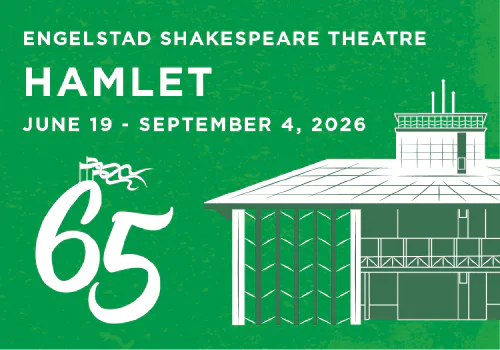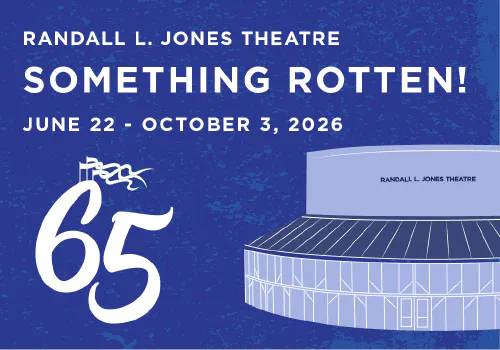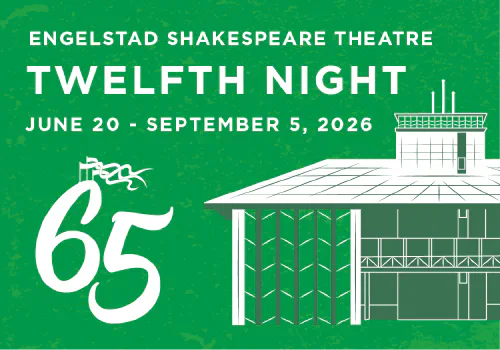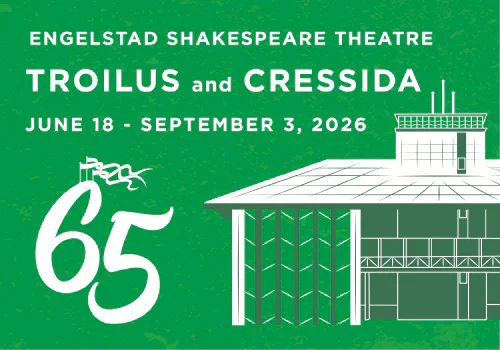In the heart of the naturalistic movement in France, Edmond Rostand returned to the romantic verse drama. In 1897, after Sarah Bernhardt had starred in several of his plays, Rostand reached his peak when Coquelin the elder (Benoit Constant Coquelin) took the title part in the poetic drama that won the most enthusiastic popular reception in dramatic history: Cyrano de Bergerac.
The play is based very loosely on the life of an actual French poet and soldier (1619-1655), a free-thinker and author of a few plays and of the satires The States and Empires of the Moon and The States and Empires of the Sun. In the play, Cyrano is a long-nosed daredevil who, thinking himself too ugly for Roxane, aids the inarticulate Christian to woo her. Cyrano writes Christian’s love letters, and, in a superb balcony scene, whispers from the dark the poetic phrases that gain Christian entrance to Roxane’s heart and to her chamber. Christian dies in the wars, however, and many years later Roxane in her convent discovers, as Cyrano is dying, that he was the author of the letters, that his was the spirit she had always loved. Roxane sighs: “I loved but once, yet twice I lose my love.” Cyrano’s sense of inferiority he bends to his glory; his love leads to his sacrifice. Yet the final moment of ecstasy atones for a barren lifetime.
In fact, “Cyrano de Bergerac for purposes of classification may be called a romantic tragedy [although Rostand spoke of it as a heroic comedy]. The play, however, combines so many elements of the dramatic art that more explanation seems necessary. Act One is full of local color. It is a picture of early seventeenth century France. Life seems almost to be overflowing. There is a restless, noisy audience made up of mischievous pages, gay young spirits, charming ladies, soldiers, tradesmen, and even pickpockets. The action is a delightful mixture of nonsense, of swagger, of romance, of fantastic courage and wit. Act Two, in Rageneau’s pastry shop, adds a comic note and introduces the Gascons, every one a baron and a liar, and reveals the extent of Cyrano’s affection and his self-sacrificing devotion. Act Three idealizes the impossible love of the hero in the glorious balcony scene, and we have the brilliant ‘moon’ speeches which might be chanted, so lyrical is the poetry and so rhythmical the swing of the lines. Our souls are touched by the sincerity, the passion of Cyrano’s affection, the words, the gestures, the emotion of the perfect lover. Act Four presents the encampment of the Gascon Cadets just before battle, and charms us with its poetry depicting the bravery of empty stomachs, and then surprises us with the dramatic appearance of Roxane in her fantastic carriage. Finally, we have, in Act Five, the peace of a convent garden, and the quiet courage of the old swashbuckler, quick-witted, self-sacrificing, independent as ever, still hating shams and fearless even in the face of death” (Noble’s Comparative Classics [New York City: Noble and Noble, Publishers, lnc.], 43-44).
The story is presented in a style that recaptures both the swagger and the preciosity of the seventeenth century. Its verse mingles bombast and grandiloquence, flourish and gallantry with sadness and devotion. The lightness of the period is caught in pastry-cook Rageneau, patron of poets. Its recklessness gleams on the clashing swords, as Cyrano composes a ballade while fighting a duel. The play is a colorful and consummate tapestry of romance, beneath its carefree bravado playing a quiet undertone of sacrifice and sadness.
Opening in Paris on 28 December 1897, the play ran for 200 nights to great public and critical acclaim. Within the year, there were many productions of Cyrano de Bergerac in Europe and the United States. The play was a great success everywhere.










